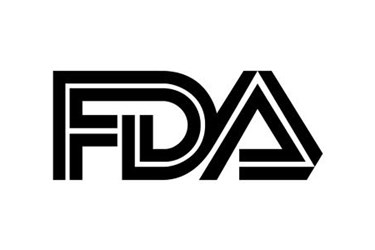FDA Issues Guidance On First Phase Of GDUID Implementation
By Nick Otto

On Wednesday, the FDA issued the first phase of its global unique device identification database (GUDID) guidance, detailing how to set up accounts and begin making submissions. However, updates to the guidance on the device identifiers themselves won’t be released until a later date.
The identifier will be a two-part code: the static DI portion and the dynamic production identifier, which will contain more specific information such as the lot/batch numbers, serial number, manufacturing date, or expiration date. The GUDID will house the DI, along with key descriptive or “attribute” information about the device, which the device labeler is to report and update, according to a Federal Register notice.
According to the guidance, there will be two types of standards-based submissions for the DI submission portion:
- A structured input via the GUDID web interface — requiring manual data entry, which the FDA says is geared toward low-volume submitters; or
- A Health Level 7 (HL7) submission through the FDA’s Electronic Submissions Gateway, which allows for submission via xml files and is aimed for the higher-volume submitters.
The Regulatory Affairs Professionals Society (RAPS)says the agency has taken an “unusual” approach in publishing this guidance, noting that while most of the final guidance documents make changes to the original draft, the FDA says many of the changes it plans to make to the document will instead come in future revisions.
In their review of the guidance, RAPS notes that the agency writes 14 different times throughout the guidance that “we plan to finalize this section separately.”
“Draft guidance sections on the device identifier module have not been finalized in this document and will be addressed in a future document,” the Tuesday Federal Register notice says.
While a draft version of this document was released back on September 24, 2013, this guidance addresses the bulk of comments and questions the agency received on the draft.
Last month, the agency provided device makers with some leeway on complying with the UDI rule, allowing for some exemptions, alternatives, and time extensions if device makers had any technological hiccups with coming into compliance on time — or if the manufacturer was able to identify a more accurate method of device identification.
